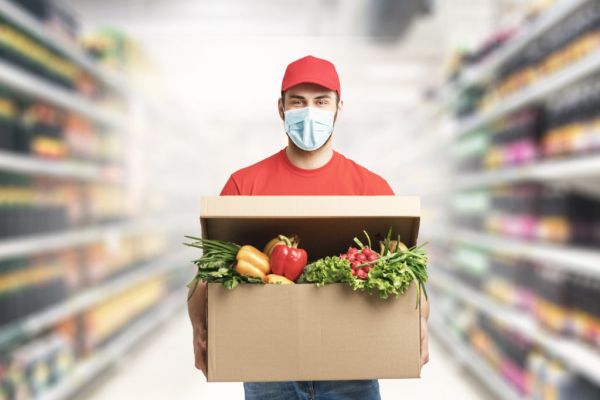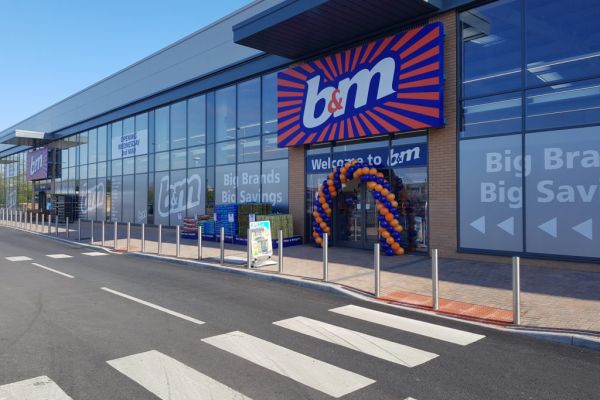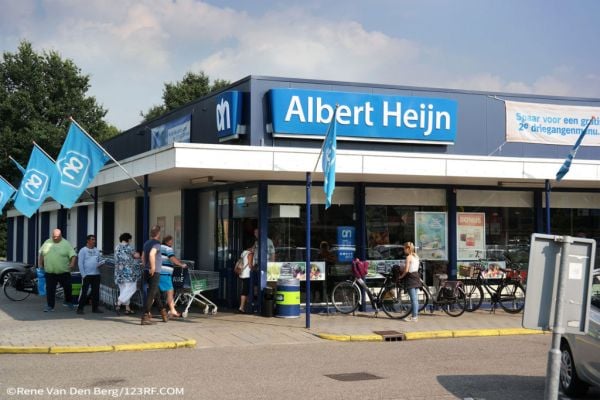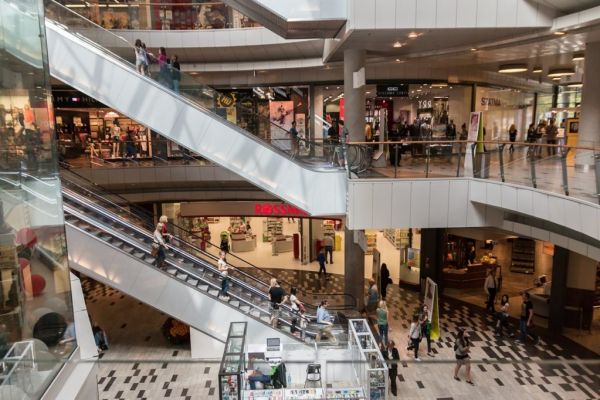Only 8% of convenience stores in the UK, or fewer than one in 10 stores, currently offer a home delivery service, a new report by Lumina Intelligence has revealed.
The UK Wholesale Market Report 2020/21 also highlighted that for stores offering the service, it is a significant revenue stream, equating to 7% of total sales on average.
Online grocery delivery witnessed phenomenal growth throughout the pandemic, with demand for delivery from supermarkets outstripping supply in the spring of 2020, creating an opportunity for convenience stores to offer ‘on-demand convenience’ services.
Some retailers set up their own delivery services, while many turned to third-party providers. Snappy Shopper emerged as the most popular, followed by Deliveroo, Uber Eats, and Appy Shop.
Acceleration In Online Shopping
Commenting on the findings, Alice Dolling, senior insight manager at Lumina Intelligence, said, “2020 saw an acceleration in online shopping that we could never have predicted. Nearly one-in-five shoppers changed their primary method of grocery shopping to online, highlighting the opportunity available.
“As demand increases, convenience stores have a great opportunity to drive greater basket spend and expand the potential catchment area of their store by offering delivery.”
The report noted that nearly half (48%) of convenience store retailers adopted new technologies when shopping online with a wholesaler or in the depot since the pandemic began.
The most popular technology solutions include barcode scanners (41%), supplier apps (13%), and supplier loyalty schemes (8%).
Dolling explained, “The pandemic has placed significant strain on retailers, who have faced incredibly high demand and footfall over the last year. As a result, efficiency has been key to ensure they remain in their stores as much as possible.
“Barcode scanners and apps are great ways of streamlining the shopping process for retailers. Furthermore, this behaviour is now second nature and will likely continue once restrictions ease.”
Wholesale Purchases
The channels used by retailers to purchase goods have not changed significantly in this period, with many retailers still opting to go to the depot to ensure the availability of goods to fulfil orders.
On average, just over half of a retailer’s stock is purchased from a wholesale depot and just over a quarter from wholesale websites, the report highlighted.
The remaining amount is sourced from wholesaler apps, supermarkets, online retailers, and sales vans.
The top three reasons cited by retailers for not using online wholesale include lack of comfort in online navigation, minimum order requirements and no convenient delivery options.
Dolling commented, “Digital investment is key for wholesalers, but they must understand the needs of retailers to maximise its potential. Site taxonomy and ease of navigation are key to a positive user experience.
“Meanwhile, with more retailers conducting distress top-up missions through the delivered channel, this could indicate an opportunity for a premium subscription for faster delivery or loyalty schemes offering a lower minimum order requirement.”
© 2021 European Supermarket Magazine – your source for the latest retail news. Article by Dayeeta Das. Click subscribe to sign up to ESM: The European Supermarket Magazine.














